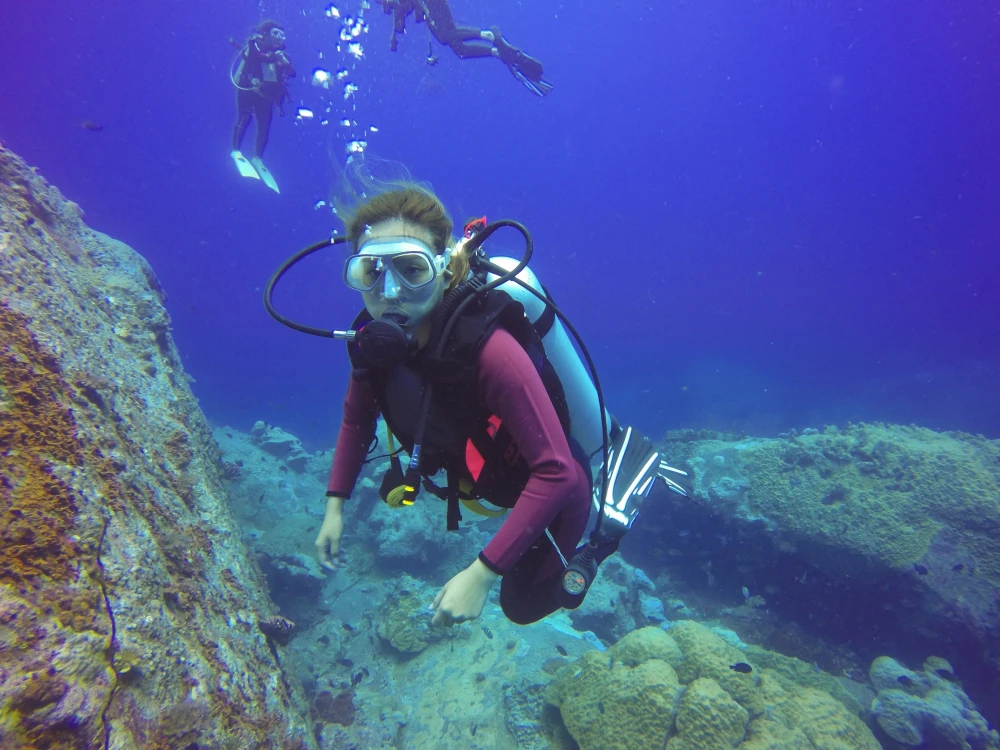
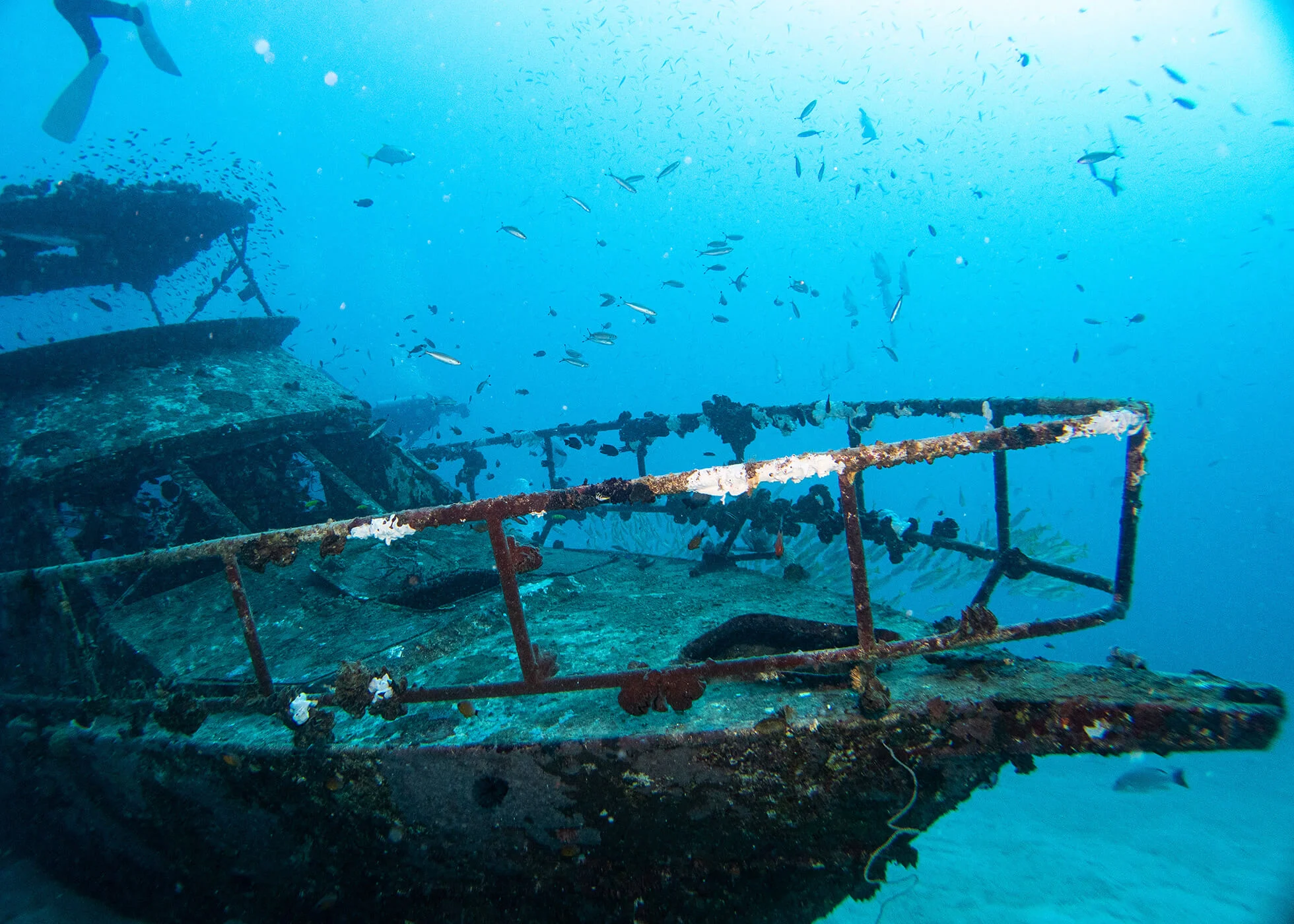
Bohol is a laid-back island province in the Central Visayas known for its Chocolate Hills, tarsiers, and white-sand beaches — but beneath the surface lies an underwater paradise. Surrounding Panglao Island and its nearby islets are some of the richest marine environments in the region. Bohol’s dive sites are accessible, diverse, and teeming with marine life, making it a favorite for both beginners and experienced divers.
Dive Highlights:
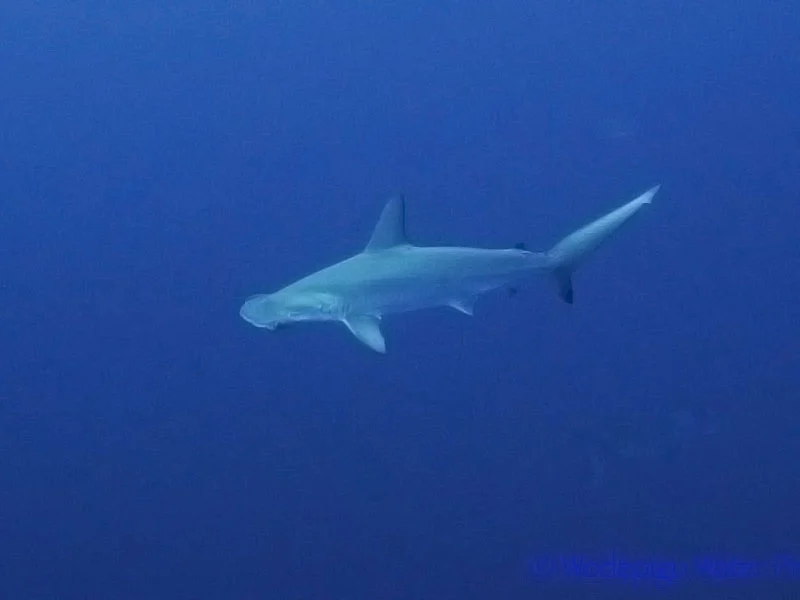
Malapascua is a small, tranquil island north of Cebu that rose to global fame for one reason: the thresher sharks of Monad Shoal. But this island is more than just one star attraction. With white-sand beaches and a community deeply involved in marine protection, Malapascua also offers incredible macro diving, coral reefs, and underwater tunnels.
Dive Highlights:

Negros Oriental and neighboring Siquijor are hidden gems in the Visayas for underwater photography and relaxed diving. The coastal town of Dauin in Negros is the muck diving capital of the Philippines, while Apo Island stands as a testament to successful marine conservation. Siquijor, shrouded in mysticism, offers peaceful, less-crowded reefs with great coral health.
Dive Highlights:
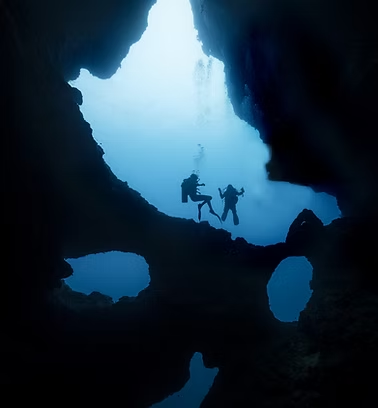
Moalboal is a charming coastal town on the western side of Cebu known for its accessibility and world-famous sardine run. With rich reef systems, dive resorts, and chill vibes, Moalboal attracts underwater photographers, backpackers, and dive enthusiasts alike. It’s a place where a single shore entry can take you into the heart of a natural fish tornado.
Dive Highlights:
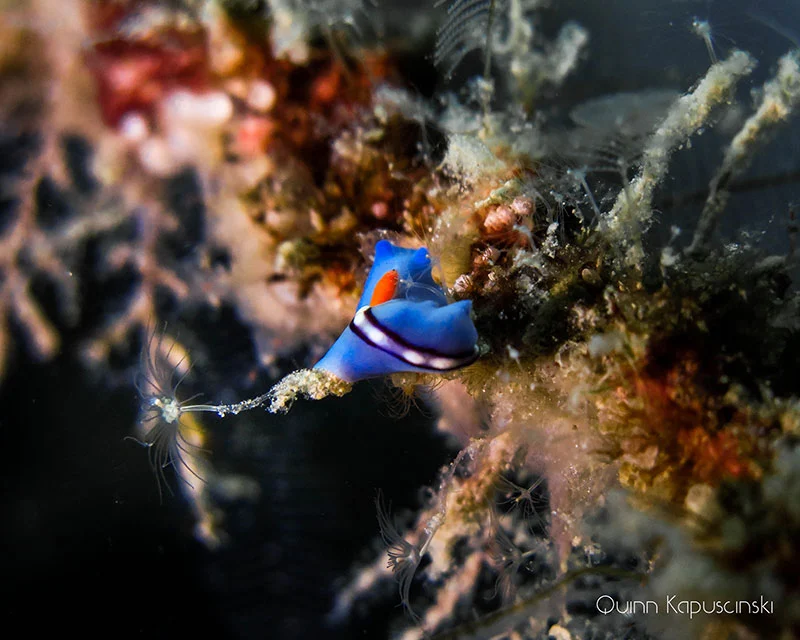
Tucked into the Verde Island Passage — the heart of marine biodiversity — Puerto Galera offers incredible variety: walls, drift dives, macro havens, and wrecks. Its proximity to Manila makes it a top weekend getaway for divers. The area’s reef systems have recovered well over the years thanks to local marine protection efforts.
Dive Highlights:
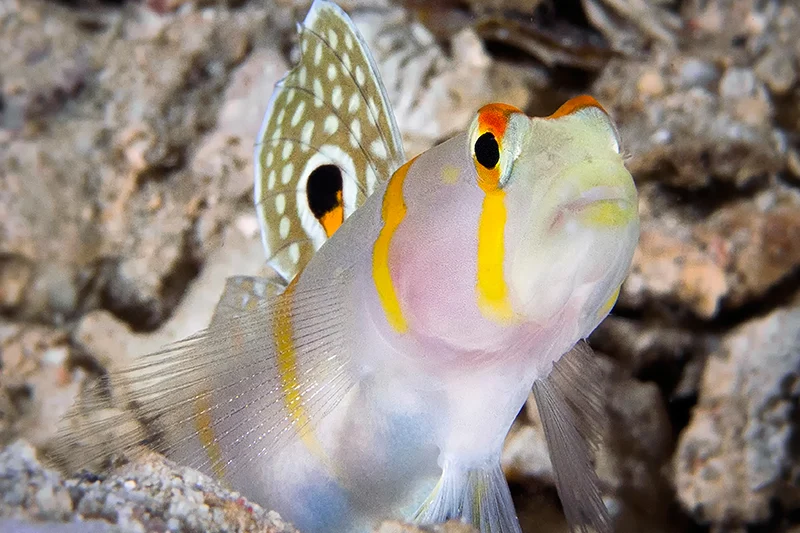
Anilao, just 2–3 hours south of Metro Manila, is the birthplace of Philippine diving. It’s renowned globally for macro photography and critter spotting. The reefs are dense, the variety is immense, and the accessibility makes it a favorite for underwater photographers, beginner divers, and weekend warriors.
Dive Highlights:

El Nido is famous for its jagged limestone cliffs, hidden lagoons, and turquoise waters — but below the surface, its dive sites are equally enchanting. The dive spots here are scenic, relaxed, and often framed by soft corals and dramatic topography. While not as advanced or pelagic-focused as other regions, El Nido is perfect for divers looking for beauty and tranquility.
Dive Highlights:
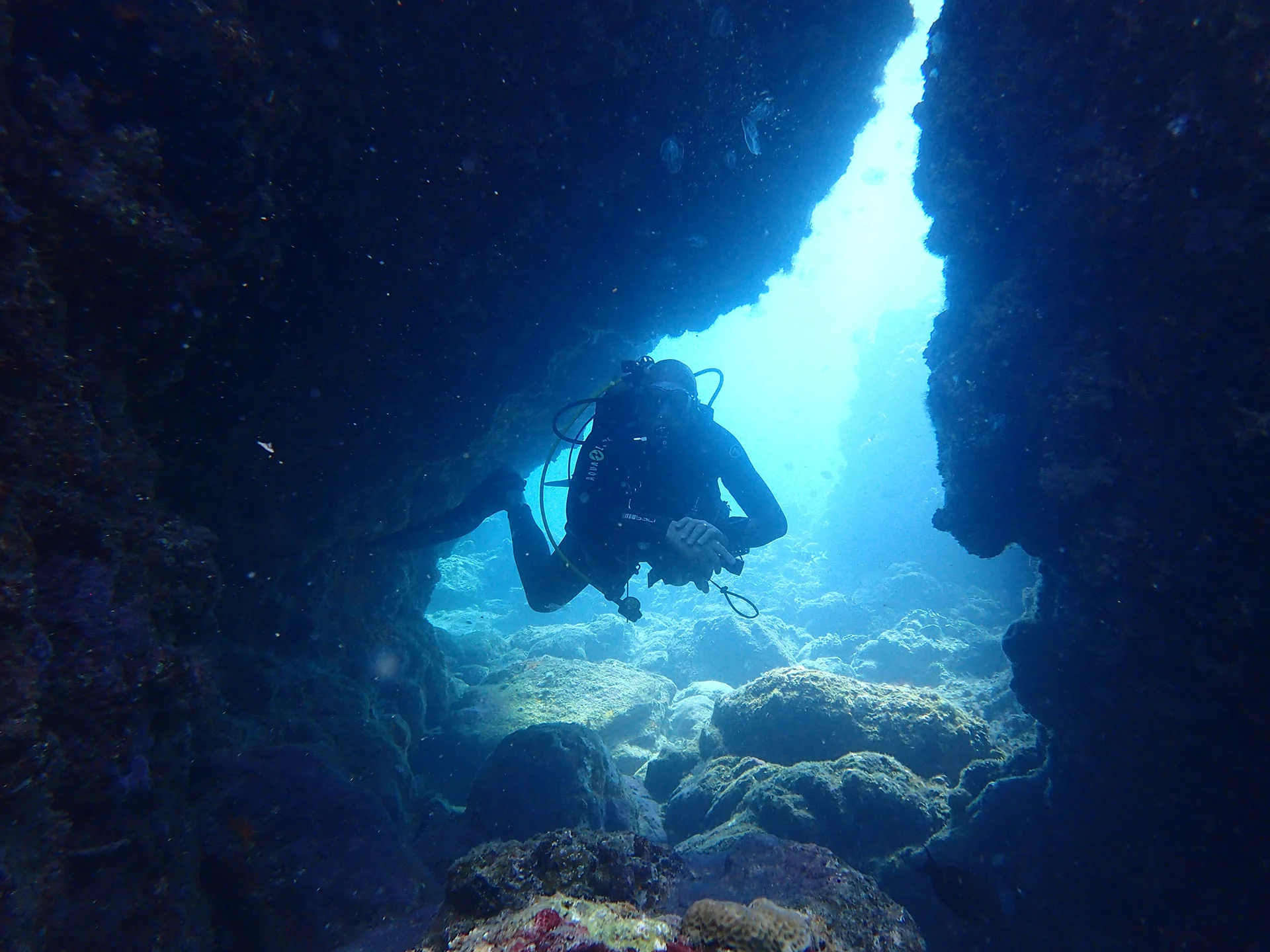
Coron is a paradise for wreck diving. Beneath its calm, emerald waters lie the haunting remains of a Japanese fleet bombed during WWII. These ghostly ships, now encrusted with coral and marine life, offer some of the best wreck dives in the world. Add to that lakes with unique thermal layers and you’re in for a truly one-of-a-kind dive experience.
Dive Highlights:






Stay updated with the latest travel deals, tips, and exclusive offers by subscribing to our newsletter!